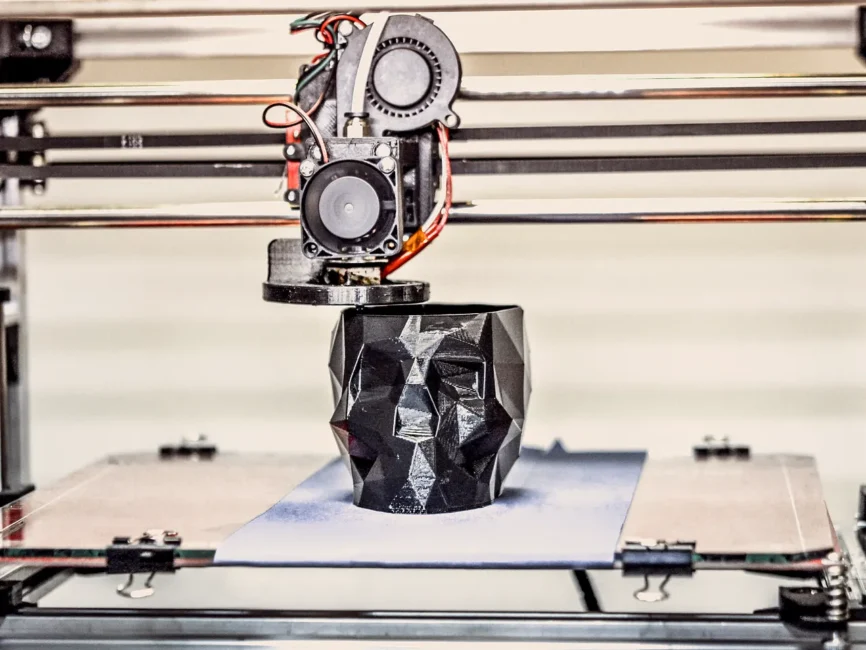Does a 3d printer use a lot of electricity? This question is exactly what we will be answering elaborately in this article.
People worry about the extent of power consumed by 3d printers and how it can affect their cumulative electricity bill.
For starters, the impact of 3D printing technology on the environment has elevated concerns regarding its electricity consumption.
This article seeks to examine the energy usage of 3D printers and estimate their true effects on our energy resources. Well, let’s find out how true that really is?
How 3D printing consumes electricity
3D printers consume electricity via two main ways, heating and melting the filament material, as well as powering the motors responsible for moving the print head.
At first glance, you might think that 3D printers have a very high-electricity consumption ability but reality has left many surprised, because they actually do not.
In short,, the power usage of a 3D printer depends on some components such as: printer size, model complexity, and printing speed.
Factors that determine the Electricity Usage of 3d PPrinters
Printer size

Printer size implies that the larger the printer, the more likely the power consumption. Usually, desktop 3D printers typically use an average electricity of 50 to 300 watts while active. But industrial 3D printers will require several kilowatts.
The power consumption is relatively lower on a smaller 3D printer. To determine the cost of the 3D printer’s power consumption, you will need to know the consumption in kW/h or the average power consumption in watts in an hour and the price/kWh.
Printing duration
Also, you need to know the Printing duration. The time required for a 3D printer to complete a task should be recorded, bearing in mind the size and complexity of the job.
Smaller and generally simpler prints can be completed in less time, which in turn reduces electricity consumption. While, larger and more complex objects will require a lengthier print time, amounting to increased energy consumption.
Material Selection
This is another major factor that determines the electricity consumption in 3d printers. The type of filament material used in 3D printing can have an impact on the energy consumption involved.
Specific materials may need higher temperatures for its printing process, which ultimately leads to greater electricity usage. It is best to control the volume of power consumed by selecting energy-efficient materials and optimizing print settings accordingly.
Do 3D printers require more electricity than other household appliances?
3D printers tend to be on the middle ground when speaking in terms of peak power consumption household appliances. Some appliances definitely have a higher power consumption than 3d printers.
Furthermore, 3D printers usually run in idle mode directly before or after printing.
When a 3D printer is not printing, it stays in standby mode. The power consumed during this time may vary between a few watts to tens of watts, depending on the features and functionalities of the printer. To minimize energy usage, it is recommended when they are not needed, users are expected to turn them off.
Conclusion
As explained by this article. 3D printers use an average amount of electricity and the overall impact may be non-significant as initially perceived.
In addition, responsible and efficient use of 3D printing can provide a sustainable alternative to conventional manufacturing methods.
By being keen on using energy-efficient printing techniques and opting for eco-friendly materials, you have the opportunity to leverage the capabilities of 3D printing while also reducing its electrical consumption as well as impacts on the environment.

